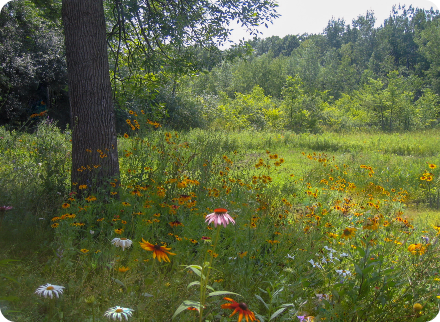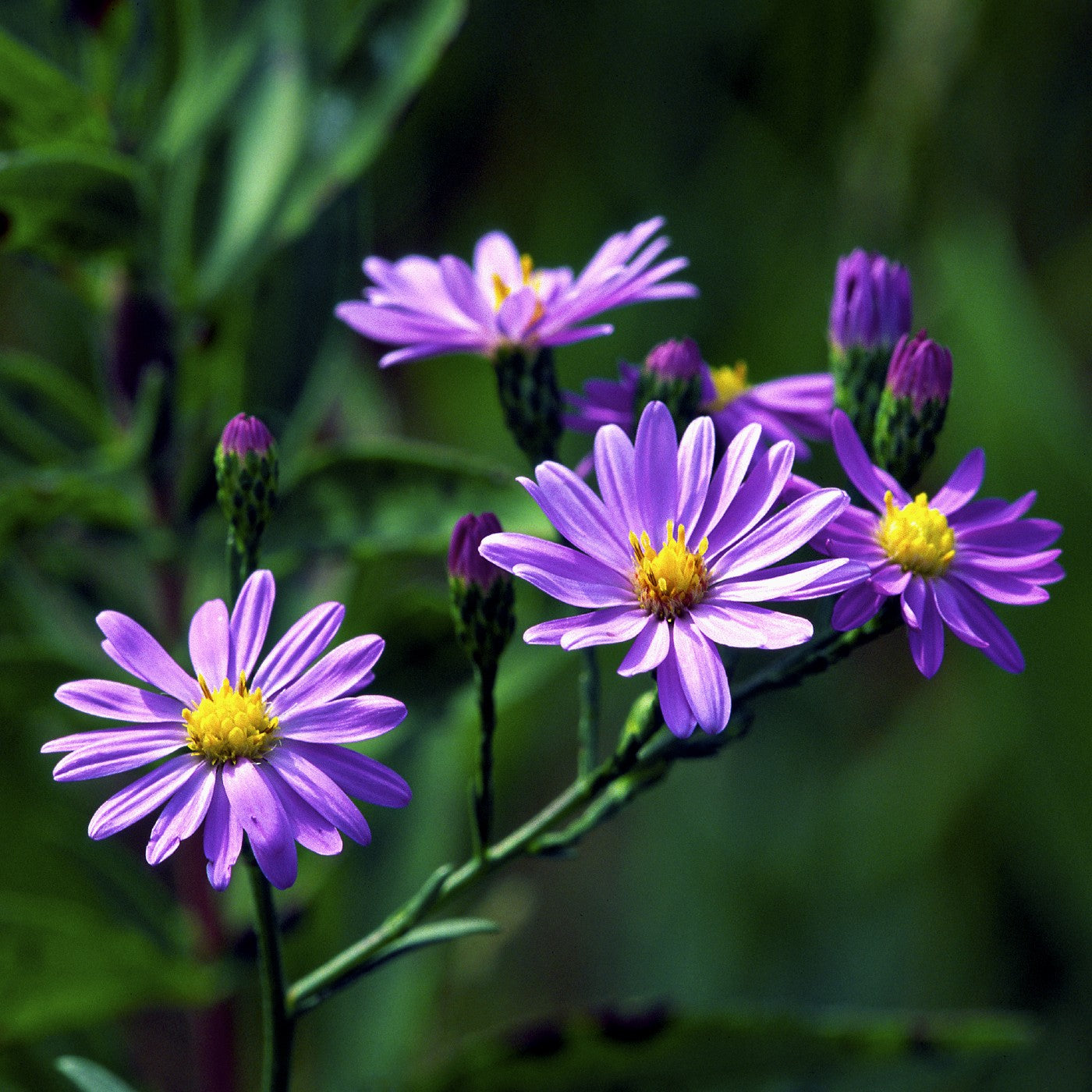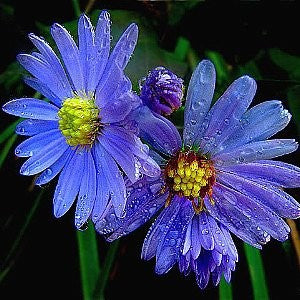Aster Sky Blue Seeds (Aster azureus)
Aster Sky Blue Seeds (Aster azureus)
 Yes!
This Item is Available
Yes!
This Item is Available
 Sorry!
This Item is not Available
Sorry!
This Item is not Available
Couldn't load pickup availability
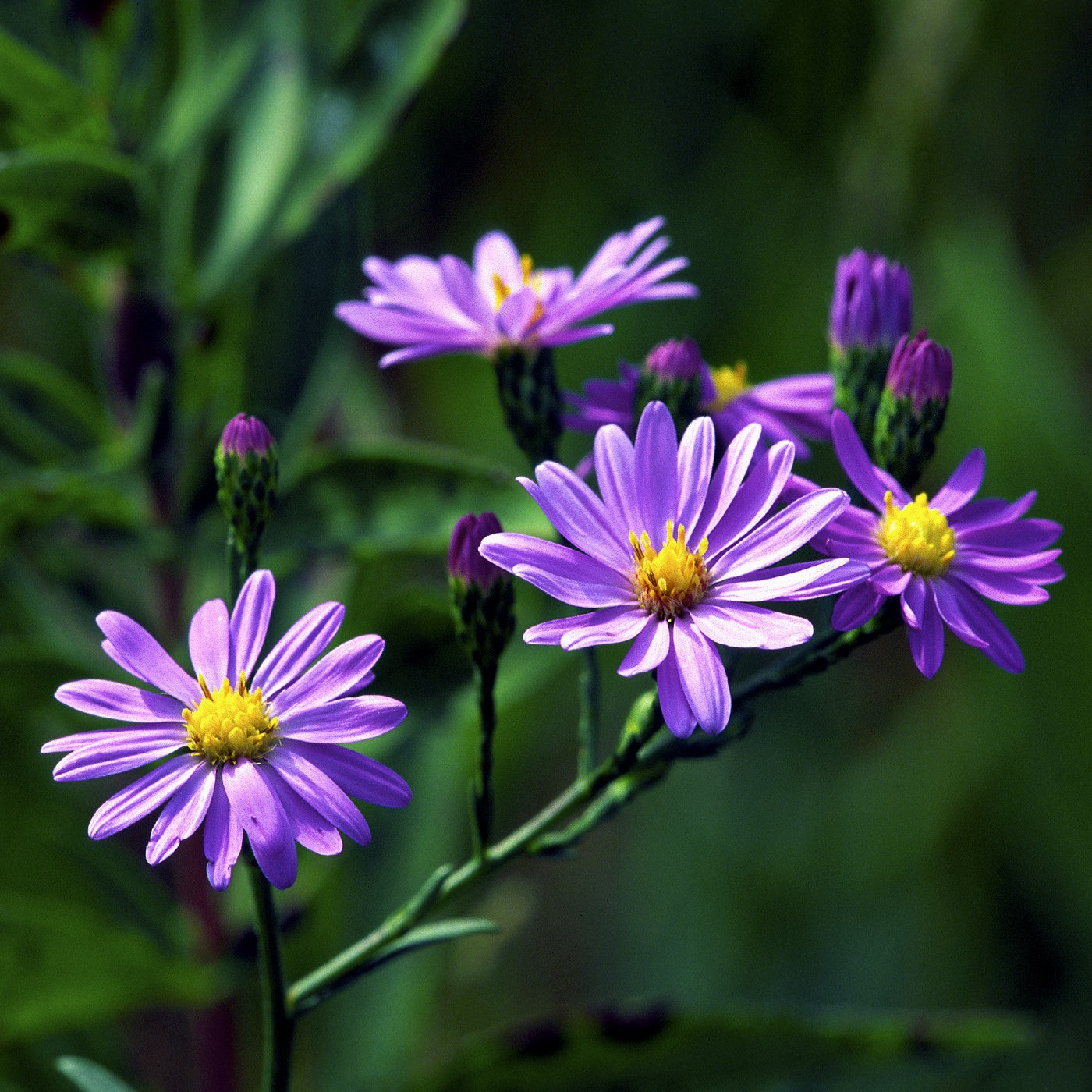
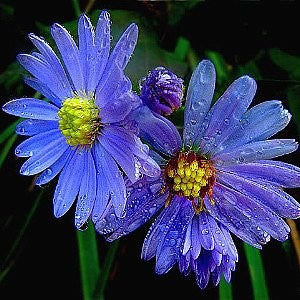
Don't Forget: Free Shipping on All Orders of $39 or More!
SKY BLUE ASTER - Aster azureus (Seeds per Packet: 100+) Numerous spreading flower branches with 1-inch flowers on long stalks that bloom late summer to fall. The flowers deep electric blue to lavender petals surrounding a yellow disk are especially appealing to both gardeners and butterflies. It normally grows 2 to 3 feet tall but can be up to 5 feet tall in rich soil. Highly recommended in-home wildflower gardens.
Zones: 3 through 9
Height: Up to 2-3 ft.
Flower Color: Blue/Purple
Plant Type: Native Perennial
Light Requirement: Sun - Partial Shade
Bloom Time: Fall
Seeds per Packet: 100+
Is this wildflower invasive: No
Is this wildflower endangered: No
Is this wildflower edible: No
Is this wildflower medicinal: No
Germination Code: 2 - Native wildflowers take time to establish. These are not first year blooming species. This species needs one period of cold stratification.

We offer CUSTOM Seed Mixes for All Your Projects!
We've got you COVERED for Landscape
Management, Conservation & More!

